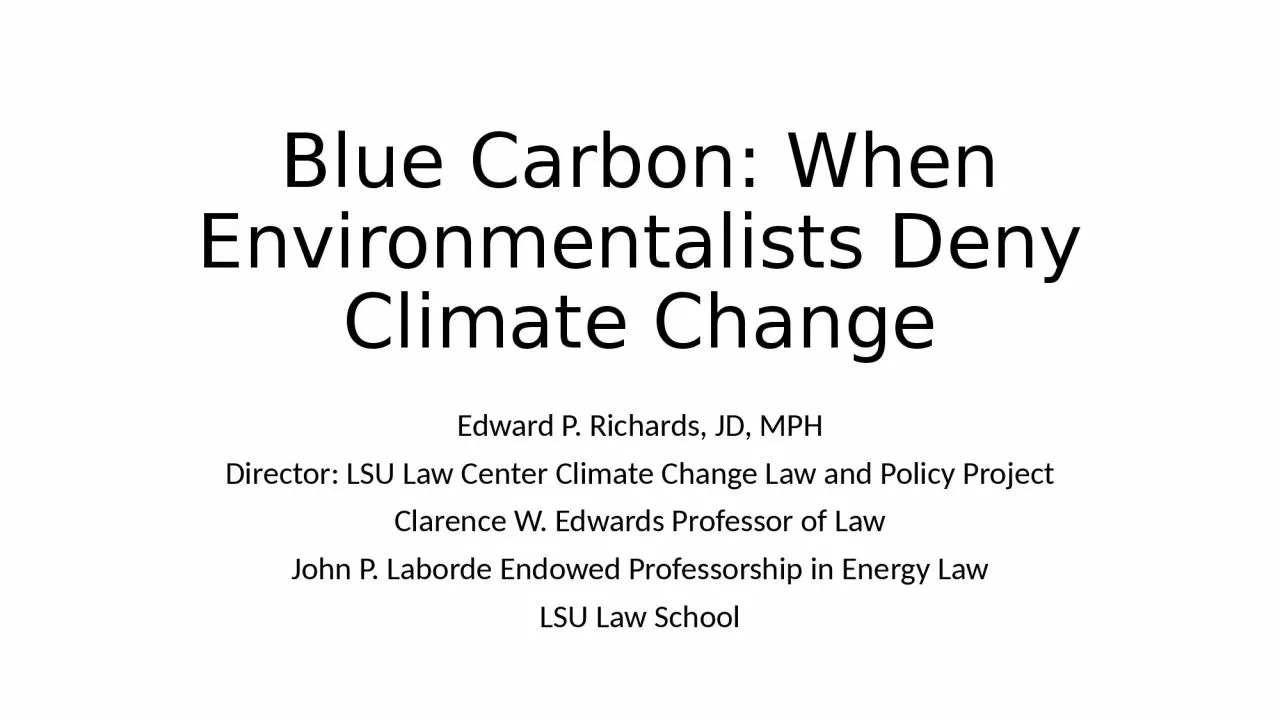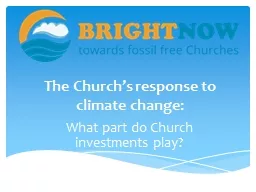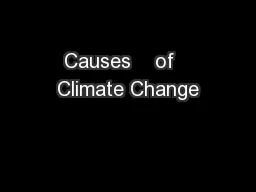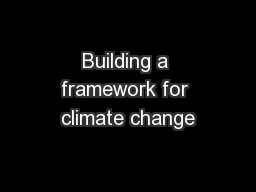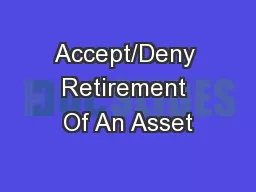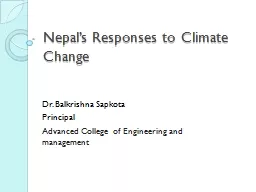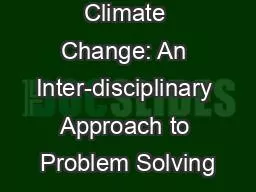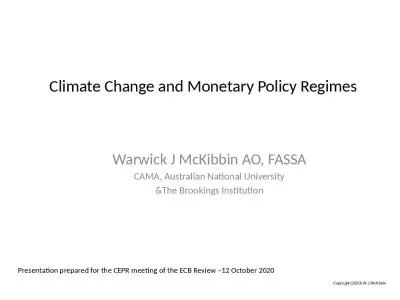PPT-Blue Carbon: When Environmentalists Deny Climate Change
Author : emery | Published Date : 2023-08-23
Edward P Richards JD MPH Director LSU Law Center Climate Change Law and Policy Project Clarence W Edwards Professor of Law John P Laborde Endowed Professorship in
Presentation Embed Code
Download Presentation
Download Presentation The PPT/PDF document "Blue Carbon: When Environmentalists Deny..." is the property of its rightful owner. Permission is granted to download and print the materials on this website for personal, non-commercial use only, and to display it on your personal computer provided you do not modify the materials and that you retain all copyright notices contained in the materials. By downloading content from our website, you accept the terms of this agreement.
Blue Carbon: When Environmentalists Deny Climate Change: Transcript
Download Rules Of Document
"Blue Carbon: When Environmentalists Deny Climate Change"The content belongs to its owner. You may download and print it for personal use, without modification, and keep all copyright notices. By downloading, you agree to these terms.
Related Documents

